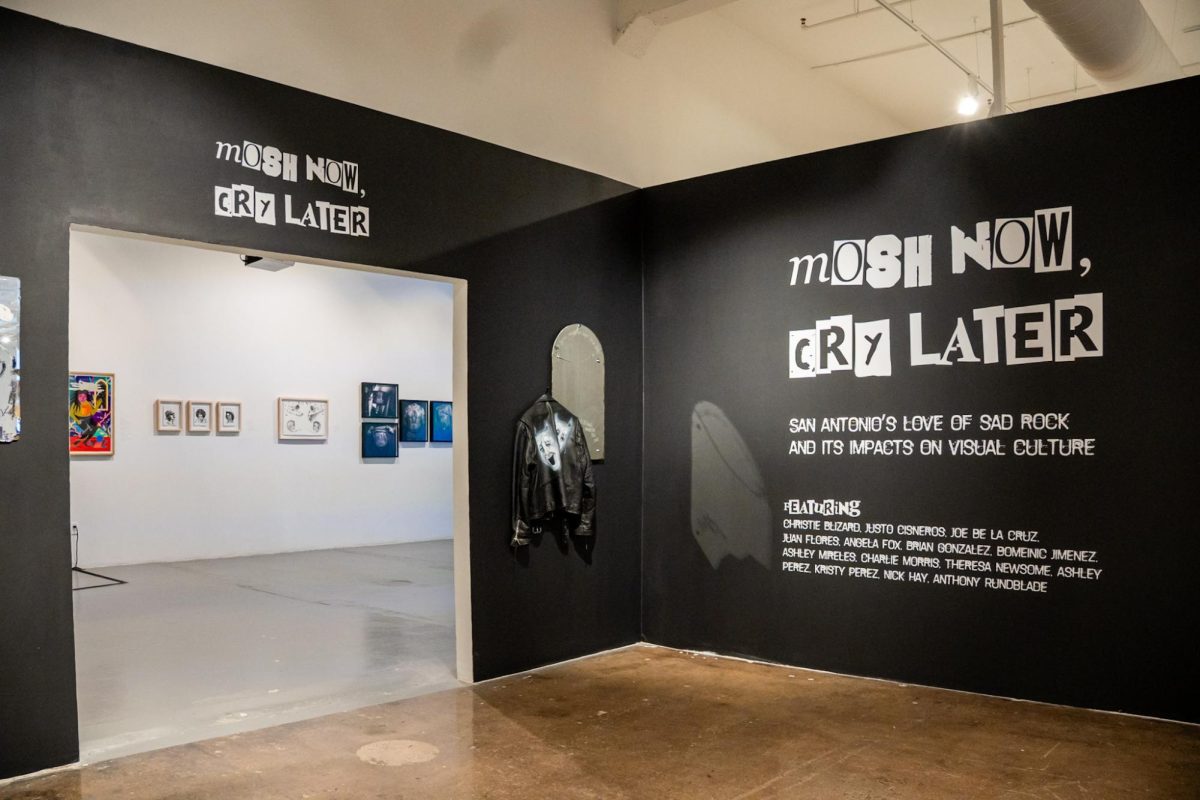__gallery.jpg)
Photo Courtesy of SAMA
The samurai were the most infamous armed force in Japan from the fifth century until they were disbanded in the mid-late nineteenth century in favor of a more westernized Japan. Since their disbandment the samurai’s heritage has been safely conserved.
Now through January 5, 2014, the San Antonio Museum of Art is hosting “Lethal Beauty,” an exhibit that celebrates the history and artistic craftsmanship of the ancient samurai as well as the evolution of the samurai. The exhibit is a journey through the eras of primitive armor, the rise of sword combat and the end of one of Japan’s most influential individuals.
Upon entering the exhibit, wakizashi (short swords) are on display. These short, steel blades are mounted on wooden handles wrapped in silk and ray skin and embossed with gold. They range between 12 and 24 inches and were used as auxiliary weapons; they served as backup in an instance when a samurai’s main weapon was not an option.
Wakizashi were also used to perform hara-kiri — ritual suicide performed by samurai to avoid being captured and tortured by the enemy or when shame had been brought upon them.
Along with the wakizashi, other samurai weapons like the naginata, flail staffs (tatsu chigiriki) and long and short daggers, in various conditions, are set out. Ancient crowd control weapons like the sodegarami, tsukubo and sasumata (sleeve entangler, push pole and spear fork, respectively) that were used to break up riots and apprehend criminals are featured in the exhibit as well.
Matchlock guns, which were used during the Edo period in Japan (seventeenth century), are also shown. Similar to the musket, the matchlock gun used gunpowder packed tightly into the barrel along with a pellet and had a range of almost 200 meters.
The katana, the quintessential weapon of the samurai, sits at the center of the exhibit. The hilt of the sword, detailed with intricate leather and ray skin wraps and silver and shakudo (a fusion of gold and copper) fittings, meets with the black and yellow speckled sheath, exposing very little of the Japanese steel blade. These long swords, handcrafted and stamped, symbolize an era of Japan that is long past, but has yet to be forgotten.
Ancient weapons are not the only subjects of the exhibit. Full suits of armor from different eras are also featured. On display is armor, both ceremonial and functional, ranging from the early fifth century when armor was strictly functional for warfare through the later years of the samurai when masks with expressions and facial hair made of boar bristle.
Separate pieces of the armor — including full and half masks, throat guards, padding used to protect arms and legs — are deconstructed and presented along with non-lethal devices the samurai used.
Ancient artwork relevant to the exhibit includes wood block prints of ancient warriors and tall foldable screens depicting great battles. These pieces give insight to just how important the samurai were to Japan.
Items like water droppers and flower baskets made from discarded weaponry like arrows and sword fittings demonstrate a new Japan; after being disbanded and restricted from carrying weapons the samurai and their utilities were repurposed with Japan’s westernization.
Other events in the exhibit include the SAMA Screens: Kurosawa Film Series — wherein Japanese director Akira Kurosawa’s 1961 film “Yojimbo” will be screened — and the Symposium Great Books Institute’s Great Books Seminars featuring literature from the eras covered in the exhibit.
For more information and a full list of events related to the exhibit visit www.samuseum.








